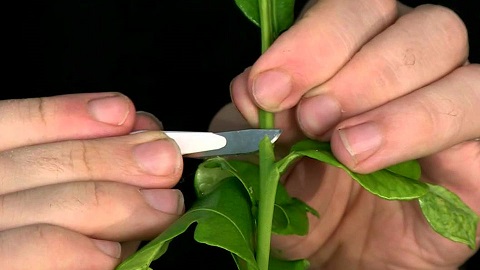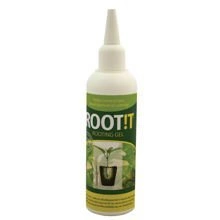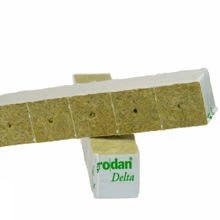How to properly clone plants? Cloning at home
2021-09-30

How to properly clone plants? Cloning at home
Choosing a “Mother plant”

After selecting the “Mother Plant”
For this we need:
- Preparation for rooting cuttings / clones, eg Clonex; ;
- medium designed to place small clones, in my case they were mineral wool cubes,,an ideal solution;
- a container in which we will soak the previously prepared cubes of mineral wool, as well as water, necessarily with the correct pH (I decided to use pH 6.0);
- 96% alcohol, with which we disinfect the tools;
- a scalpel, possibly very sharp scissors;
- a clean cloth or paper kitchen towels;
- a propagator, i.e. a device in which plants will take root, it is important to maintain appropriate climatic conditions;
- a container for the liquid, assuming, of course, that it is not included with the Preparation (if there is, there is no need to use an additional one);
- Perlite, the popular white "pebbles" - it is worth using them, although there is no such necessity;
- proper lighting, which will ensure proper development for small plants, in my case a 4 x 54W T5 lamp (light color 6400k) was used.
Proper cloning
Soaking clone cubes
Proper cloning
Preparation of clones for replanting

Putting the clones into the propagator

Recommended




